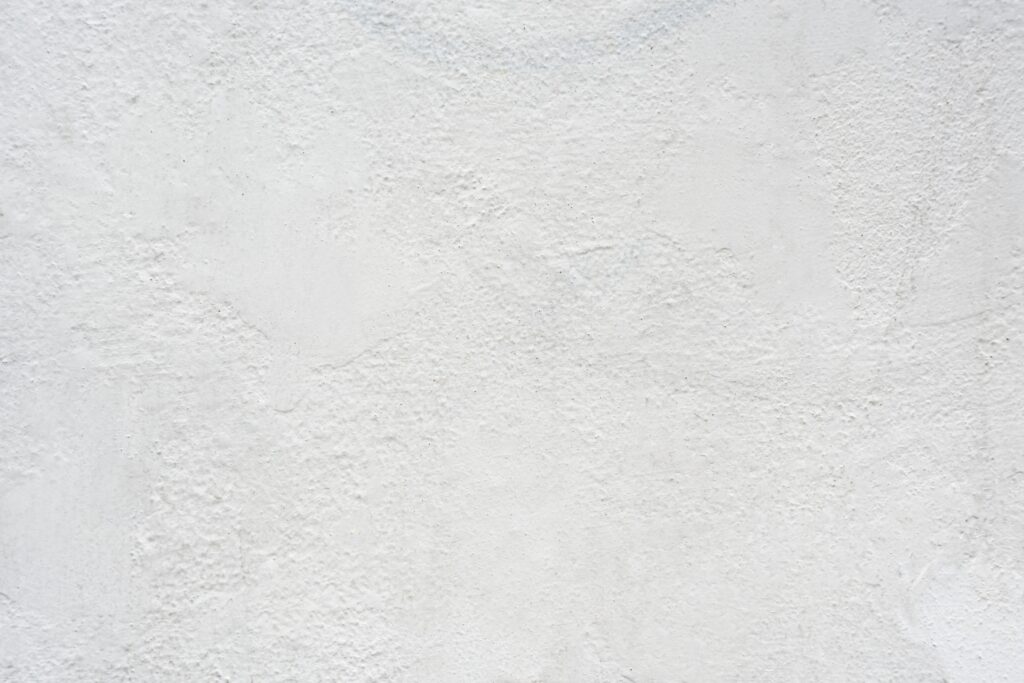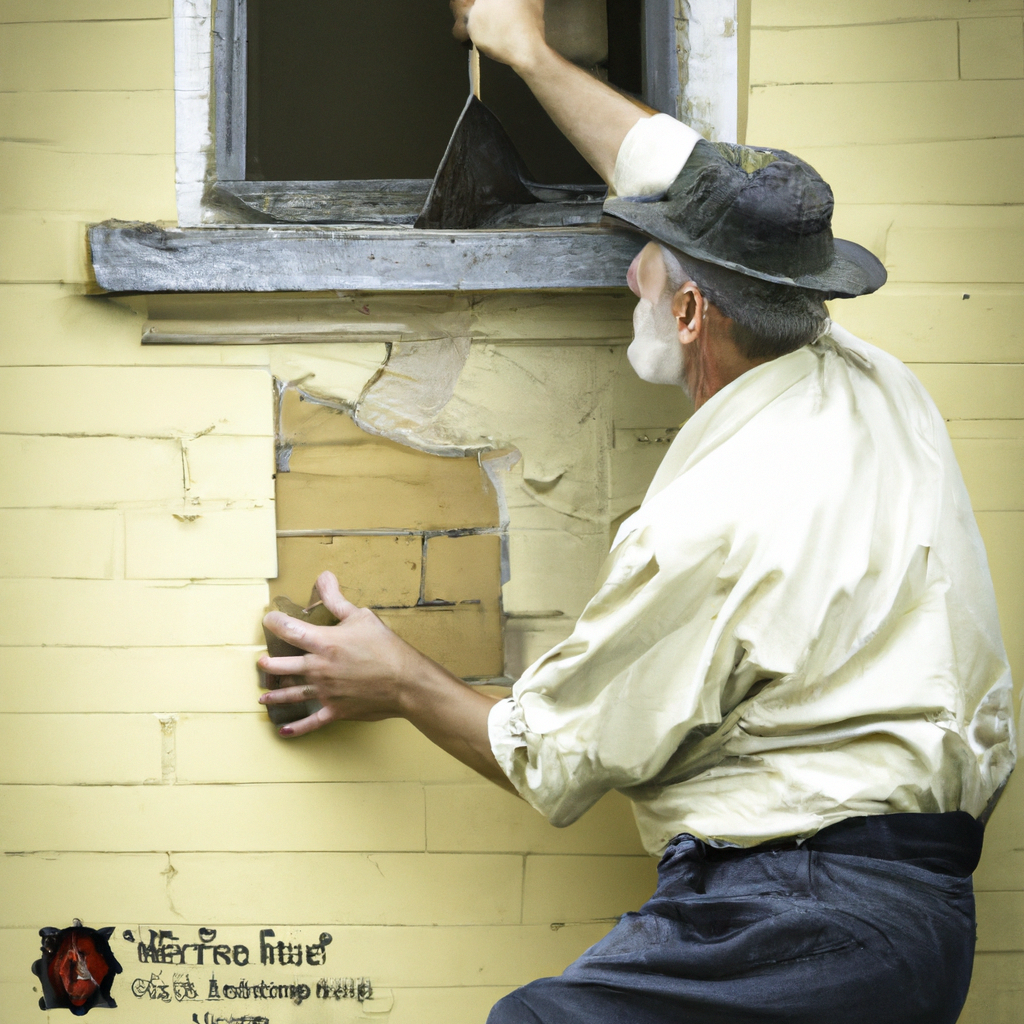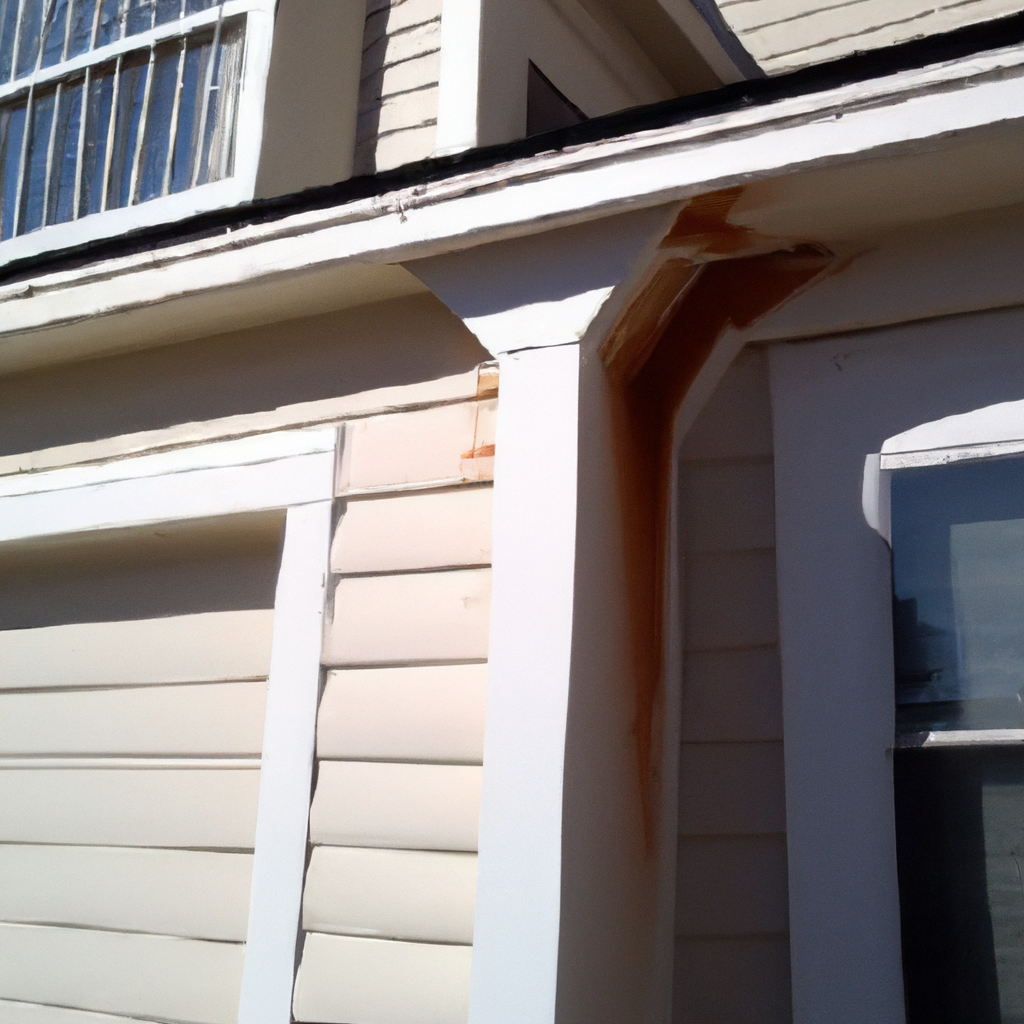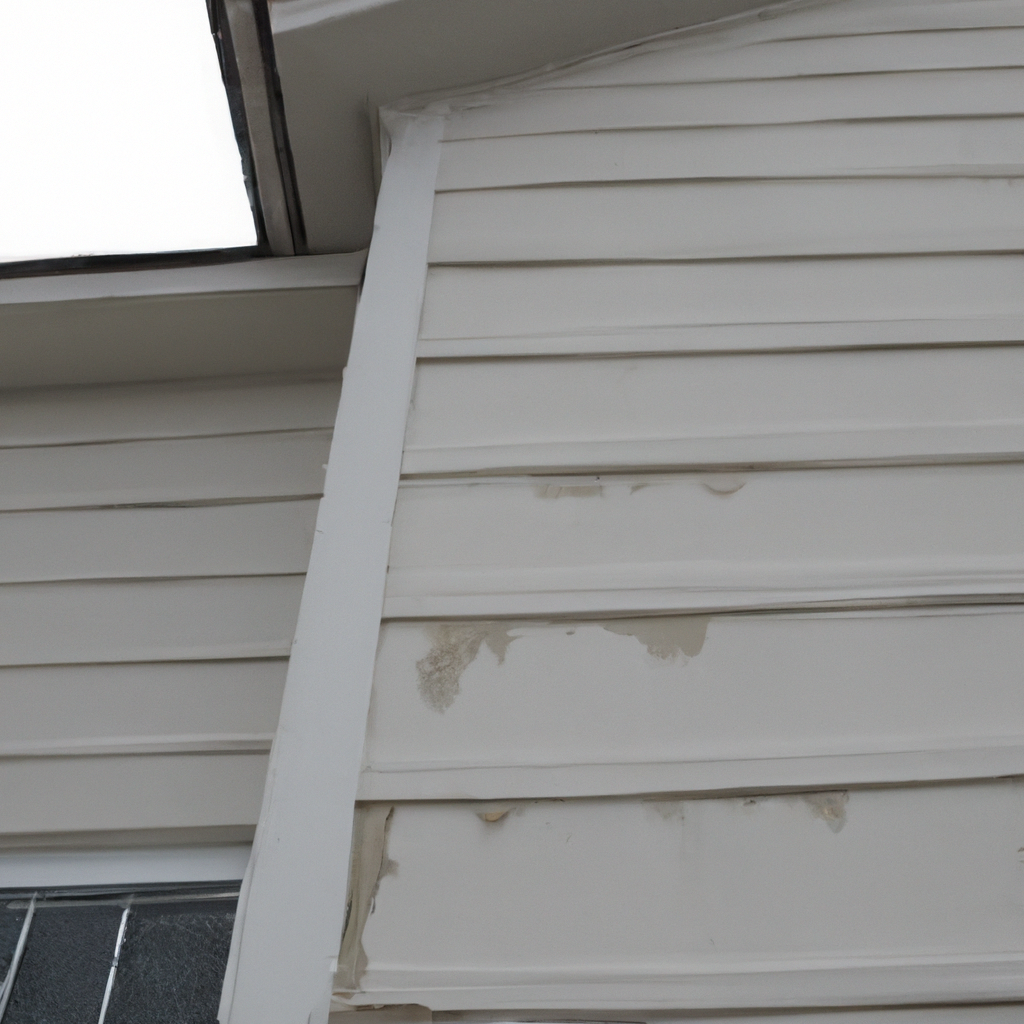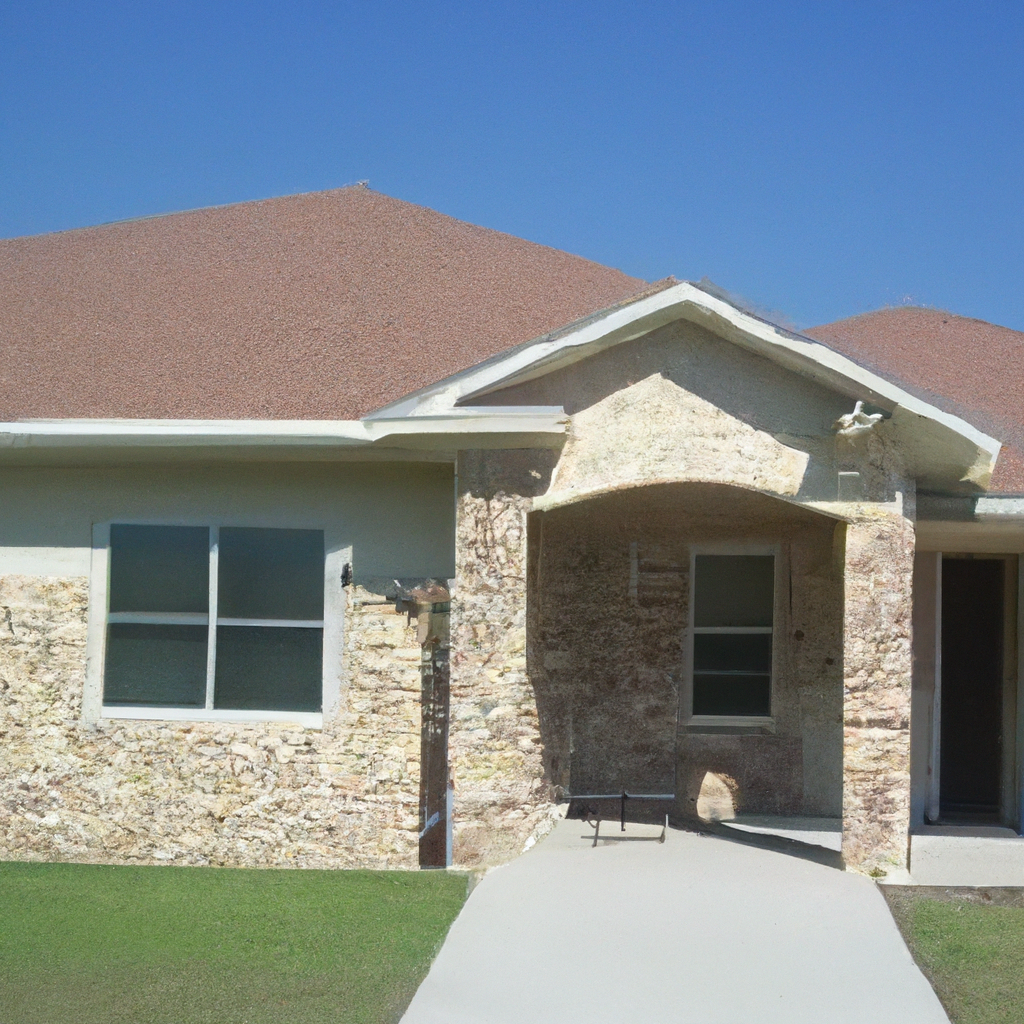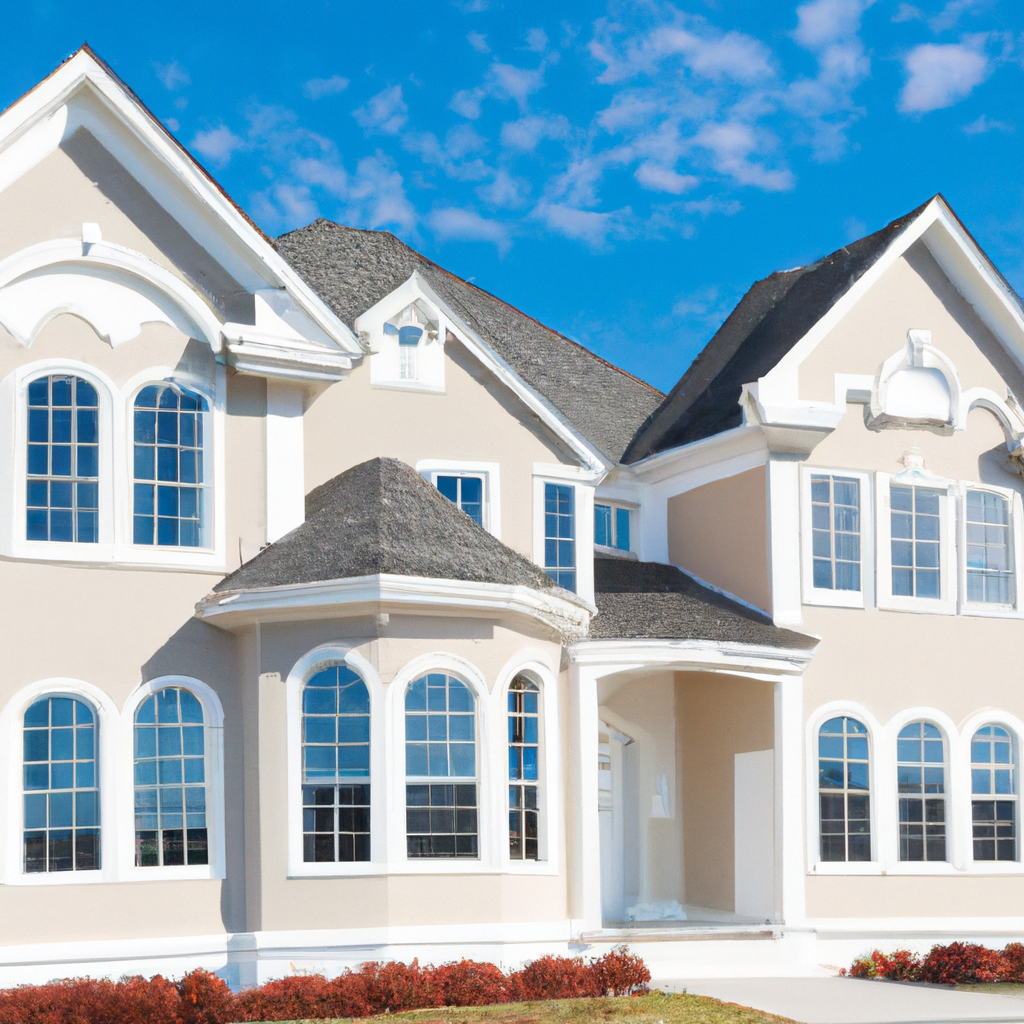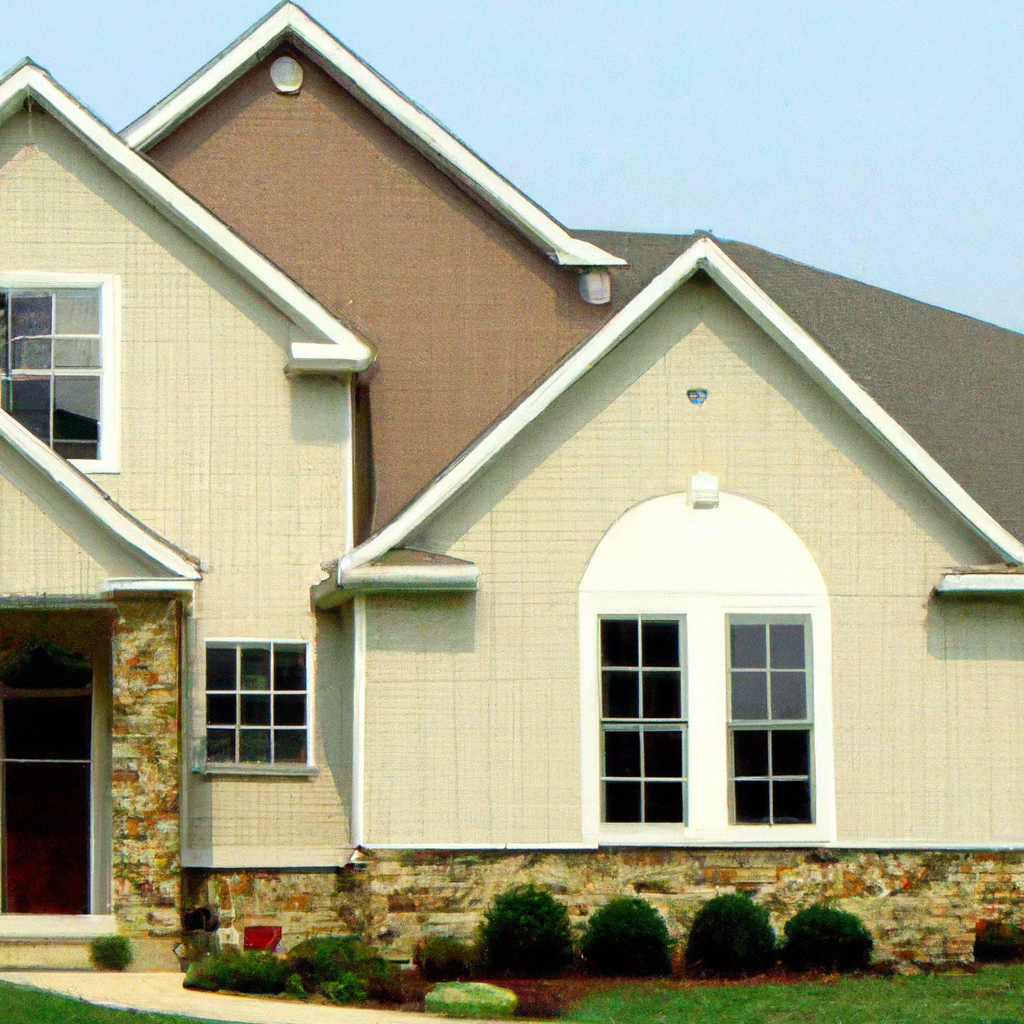Maintaining the beauty and durability of your stucco exterior is essential, and that’s where our expertise can be a game-changer. With years of experience in stucco maintenance, we understand the importance of regularly inspecting and repairing any damages to ensure its long-lasting performance. Our dedicated team of experts possesses the knowledge and tools to handle all your stucco maintenance needs, ensuring a seamless and immaculate finish that will elevate the overall aesthetics of your property. Trust us to keep your stucco looking pristine and protected for years to come!

Understanding Stucco
What is Stucco?
Stucco is a type of durable exterior wall finish made from a mixture of cement, sand, and water. It has been used for centuries in various cultures around the world and continues to be a popular choice for homes and buildings today. The mixture is applied to the exterior surface of a building, giving it a textured and visually appealing finish. Stucco can be customized with different colors and patterns, making it a versatile option for enhancing the aesthetic appeal of any structure.
Advantages of Stucco
There are several advantages to choosing stucco as an exterior wall finish. One of the main benefits is its durability. Stucco is highly resistant to fire, rot, and insect damage, making it a long-lasting option for your home or building. It can withstand harsh weather conditions, including high winds and heavy rain, without deteriorating easily. Stucco also acts as an excellent insulator, helping to keep your home cool in the summer and warm in the winter. Additionally, stucco requires minimal maintenance compared to other exterior finishes, saving you time and money in the long run.
Common Types of Stucco
There are different types of stucco available, each with its own unique characteristics and applications. The most common types include traditional (or cement) stucco, acrylic stucco, and synthetic stucco. Traditional stucco is the classic mixture of cement, sand, and water, which is applied in multiple coats and requires curing time. Acrylic stucco is a modern variation that incorporates acrylic resins, offering enhanced flexibility and crack resistance. Synthetic stucco, also known as Exterior Insulation and Finish System (EIFS), combines foam insulation board with a synthetic base coat and acrylic finish. Each type has its advantages and can be chosen based on the specific needs and preferences of the homeowner or builder.
Signs of Stucco Damage
Cracks and Holes
One of the most common signs of stucco damage is the presence of cracks and holes on the surface. These can occur due to natural settling of the building, impact damage, or changes in temperature and humidity. It is important to address these cracks and holes promptly, as they can compromise the structural integrity of the stucco and allow moisture to penetrate the underlying layers. Small cracks can be repaired easily, but larger cracks and holes may require professional attention.
Water Stains
Water stains on the stucco surface are another indication of damage. These stains can occur due to leaks in the roof, improper drainage, or faulty flashing around doors and windows. If left untreated, water stains can lead to further deterioration of the stucco and the potential growth of mold and mildew. It is important to identify the source of the water intrusion and repair it before addressing the stains on the stucco.
Efflorescence
Efflorescence refers to the white, powdery substance that appears on the surface of stucco. It is caused by mineral salts being drawn to the surface through moisture evaporation. Efflorescence is not only unsightly but can also indicate moisture-related issues within the stucco. To properly address efflorescence, it is crucial to identify and resolve the underlying moisture problem.
Mold and Mildew Growth
The growth of mold and mildew on stucco is a clear sign of excessive moisture and poor ventilation. Mold and mildew not only compromise the aesthetics of your home but can also have adverse health effects. It is important to remove any visible mold or mildew from the stucco and address the underlying moisture issues to prevent further growth.
Preparing for Stucco Maintenance
Inspecting the Stucco
Before starting any maintenance or repairs, it is essential to thoroughly inspect the stucco to identify any areas of damage or potential problems. Take note of any cracks, holes, stains, efflorescence, or signs of mold and mildew growth. This inspection will help you determine the extent of the maintenance required and guide your repair efforts.
Cleaning the Stucco
Cleaning the stucco surface is an important step in preparing for maintenance. Use a mild detergent or a specialized stucco cleaner to remove dirt, dust, and any loose debris from the surface. Avoid using abrasive materials or excessive pressure, as they can cause further damage to the stucco. Rinse the stucco thoroughly with water to ensure all cleaning agents are removed.
Gathering the Necessary Materials and Tools
Before you begin any stucco repairs, gather all the necessary materials and tools. Depending on the type and extent of the repairs, you may need cement, sand, acrylic or synthetic stucco, trowels, brushes, protective clothing, and safety equipment. Having everything on hand before starting the repairs will help streamline the process and ensure you have everything you need to complete the job.
Minor Stucco Repairs
Filling Cracks and Holes
Minor cracks and holes can be repaired easily using stucco patching compound. Begin by carefully cleaning the damaged area, removing any loose debris or old stucco. Prepare the patching compound according to the manufacturer’s instructions and apply it to the crack or hole using a trowel or putty knife. Smooth the surface and allow it to dry completely before applying any additional coats or finishes.
Repairing Damaged Stucco Edges
If the edges of the stucco have become damaged or chipped, they can be repaired using a technique called “feathering.” Feathering involves applying multiple thin coats of stucco to gradually build up the damaged area and blend it seamlessly with the surrounding surface. Use a trowel or putty knife to apply the stucco in thin layers, allowing each layer to dry before applying the next. Feathering requires patience and precision to achieve the desired results.
Fixing Water Stains
Water stains on the stucco can often be removed through thorough cleaning. However, if the stains persist or have caused discoloration, it may be necessary to apply a stain-blocking primer or paint specifically designed for stucco surfaces. Follow the manufacturer’s instructions for proper application, ensuring complete coverage of the stained area. Once dry, you can proceed with repainting the stucco to match the surrounding surface.

Dealing with Efflorescence
Understanding what Efflorescence is
Efflorescence occurs when moisture evaporates from the stucco surface, leaving behind mineral salt deposits. These deposits create the characteristic white powdery substance on the stucco. While efflorescence itself is not damaging to the stucco, it indicates underlying moisture issues and can lead to further damage if left untreated. Understanding the causes of efflorescence, such as water intrusion or improper curing, will help you address the root problem.
Removing Efflorescence from Stucco
To remove efflorescence from stucco, start by gently brushing the surface with a stiff brush to loosen the deposits. Avoid using excessive force or abrasive materials, as they can cause damage to the stucco. After brushing, rinse the surface thoroughly with water to wash away the loosened efflorescence. Depending on the severity of the deposits, you may need to repeat this process multiple times.
Preventing Efflorescence
To prevent efflorescence from recurring, it is crucial to address the underlying moisture issues. Ensure proper drainage around the building, repair any leaks or cracks that may be allowing water to penetrate the stucco, and consider applying a waterproof sealant or coating to the surface. Proper curing techniques during the initial application of the stucco can also help prevent efflorescence in the future.
Preventing Mold and Mildew Growth
Identifying and Addressing Water Leakage
Water leakage is a common cause of mold and mildew growth on stucco. Inspect the surrounding areas, including the roof, gutters, windows, and doors, for any signs of leaks or inadequate drainage. Repair any leaks promptly to reduce the moisture levels and prevent the growth of mold and mildew. Properly sealing joints and using appropriate flashing can help minimize water intrusion.
Removing Mold and Mildew from Stucco
If you notice mold or mildew growth on your stucco, it is important to take immediate action. Start by wearing protective clothing and a face mask to avoid inhaling spores. Use a mixture of water and mild detergent or a specialized mold and mildew cleaner to scrub the affected area. Take care not to spread the mold spores during the cleaning process. Rinse the stucco thoroughly with clean water and allow it to dry completely.
Applying Protective Coatings
To prevent future mold and mildew growth, consider applying a protective coating to the stucco surface. There are several products available specifically formulated to inhibit the growth of mold and mildew. Apply the coating according to the manufacturer’s instructions, ensuring complete coverage of the stucco. Regularly inspect and maintain the coating to ensure its effectiveness over time.
Major Stucco Repairs
Full Stucco Replacement
In cases where the stucco damage is extensive or beyond repair, a full stucco replacement may be necessary. This involves removing the existing stucco down to the underlying substrate and applying a new layer of stucco. Full stucco replacement is a complex and labor-intensive process that is best left to professional stucco contractors. They have the knowledge, experience, and specialized tools required to ensure a successful and long-lasting stucco replacement.
Rebuilding Damaged Stucco Structure
If the damage extends beyond the surface layer of stucco and affects the underlying structure, rebuilding may be required. This typically involves removing the damaged portions of the stucco and rebuilding the affected areas using appropriate building materials. Rebuilding the stucco structure is a complex task that requires careful planning and expertise to ensure the structural integrity of the building.
Hiring Professional Stucco Contractors
When dealing with major stucco repairs or replacements, it is highly recommended to hire professional stucco contractors. They have the skills, knowledge, and equipment necessary to handle complex stucco projects safely and efficiently. Professional stucco contractors can accurately assess the extent of the damage, recommend the most appropriate repair or replacement methods, and ensure high-quality workmanship that meets industry standards.
Maintaining Stucco Exterior
Cleaning Stucco Regularly
Regular cleaning is essential for maintaining the appearance and longevity of your stucco exterior. Use a mild detergent or a specialized stucco cleaner and a soft brush or sponge to remove dirt, dust, and other debris from the surface. Rinse the stucco thoroughly with water to remove any cleaning solution residue. Avoid using high-pressure water, as it can damage the stucco. Regular cleaning will help prevent the buildup of grime and make it easier to identify any potential issues.
Trimming Vegetation around Stucco
Vegetation, such as bushes, trees, and vines, growing near the stucco can cause damage over time. The roots can penetrate the stucco surface, leading to cracks and weakened areas. Additionally, vegetation can provide a moist environment that promotes the growth of mold, mildew, and other unwanted organisms. Regularly trim and maintain the vegetation around your stucco to minimize potential damage and ensure proper airflow and sunlight exposure.
Inspecting and Repairing Caulking
Caulking plays an essential role in maintaining the integrity of your stucco exterior. Inspect the caulking around windows, doors, vents, and other penetrations regularly and repair any damaged or deteriorating caulking promptly. Damaged caulking can allow moisture to seep into the stucco, leading to potential damage and the growth of mold and mildew. Remove the old caulking, clean the area, and apply a fresh bead of high-quality exterior caulking to ensure proper sealing.
Stucco Paint Maintenance
Inspecting and Repairing Paint
Stucco paint can undergo wear and tear over time, especially in areas exposed to the elements. Regularly inspect the painted stucco for signs of chipping, fading, or peeling. Repair any damaged areas by carefully removing the old paint, priming the surface, and applying a fresh coat of high-quality exterior paint. Properly maintaining the paint on your stucco will not only enhance its appearance but also provide an additional layer of protection against the elements.
Repainting Stucco
Repainting your stucco periodically can help refresh its appearance and maintain its protective properties. Determine the suitable timing for repainting based on the condition of the existing paint, the climate in your area, and the paint manufacturer’s recommendations. Proper surface preparation, including cleaning, repairing any damage, and applying primer, is crucial for a successful paint job. Choose a high-quality exterior paint designed for stucco surfaces and follow the manufacturer’s instructions for optimal results.
Choosing Suitable Paint for Stucco
When choosing paint for stucco, consider factors such as durability, breathability, and resistance to fading and cracking. Look for paint specifically formulated for stucco surfaces, as it will have the necessary properties to withstand the unique demands of exterior stucco. Consult with a paint professional or stucco contractor for guidance in selecting the most suitable paint for your specific needs and preferences.
Weatherproofing Stucco
Applying a Weatherproof Barrier
To enhance the weather resistance of your stucco, consider applying a weatherproof barrier or coating. This barrier can be in the form of a clear sealant, a waterproofing agent, or an elastomeric coating. It creates a protective layer on the stucco surface, helping to repel water, resist cracking, and reduce the impact of severe weather conditions. Follow the manufacturer’s instructions for proper application and maintenance of the weatherproof barrier.
Sealing Joints and Cracks
Properly sealing the joints and cracks in your stucco is crucial for preventing water intrusion and maintaining the structural integrity of your exterior walls. Inspect the stucco regularly for any developing cracks or gaps and repair them promptly. Use an appropriate sealant, such as a silicone or elastomeric caulking, to seal the joints and cracks effectively. Applying a bead of sealant along the joints and smoothing it with a caulking tool will ensure a watertight seal.
Protecting Stucco from Extreme Weather Conditions
Extreme weather conditions, such as high winds, heavy rain, and freezing temperatures, can take a toll on your stucco. Take proactive measures to protect your stucco from these conditions. Secure loose objects or debris that could potentially damage the stucco during storms. Ensure proper drainage around your property to prevent water buildup and damage. Consider applying a protective coating or performing maintenance tasks, such as sealing joints and repairing any cracks, to reinforce the stucco’s ability to withstand extreme weather conditions.
Maintaining your stucco exterior is essential for its longevity, appearance, and functionality. By understanding the signs of stucco damage, preparing for maintenance, and employing appropriate repair and maintenance techniques, you can ensure that your stucco remains in excellent condition for years to come. Whether it is minor repairs, dealing with efflorescence, preventing mold and mildew growth, or addressing major stucco damage, being proactive and enlisting the help of professionals when needed will help you maintain a beautiful and durable stucco exterior.
